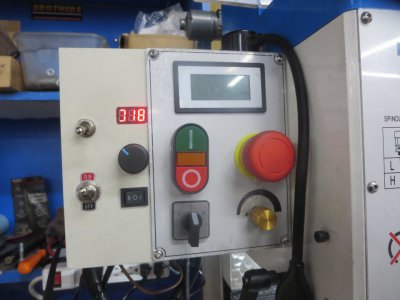- Joined
- Oct 24, 2013
- Messages
- 481
I'm thinking run the stepper servo motors via a driver in the interim with something like this:
 www.automationtechnologiesinc.com
www.automationtechnologiesinc.com
Stepper Motor Pulse Signal Generator |
High-Torque Stepper Motor, Stepper Motor, Driver, Stepper Motor kit, DC Servo Motor, DC Servo Motor kit, Stepper Motor Power Supply, CNC Router, Spindle, and other Components.



